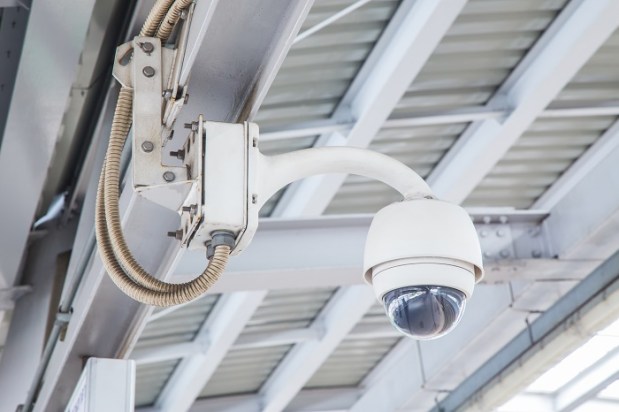These Store Designs Can Help Make Customers Feel Safer

With retail sales on the decline at brick-and-mortar locations or facing stagnant growth worldwide, one design and architectural expert believes a potential way to stem that trend is to make shoppers more comfortable during their in-store shopping experience by purposely designing stores and shopping experiences that make them feel safer.
“As noted in Psychology Today and numerous studies of shoppers, fear affects shopper behavior,” Andrew McQuilkin, international chairman of the Retail Design Institute and retail market leader at BHDP Architecture, wrote in an online opinion piece recently. “People change where and when they shop, or quit shopping in stores and malls altogether in favor of online buying.”
McQuilkin offered up five simple and implementable strategies that he believes can “make shopping spaces more attractive to people consciously or subconsciously thinking about security.”
First, McQuilkin believes that retailers should design store spaces around clear sightlines by doing things such as making stores brighter by adding lighting, windows or removing walls to make the shopping space feel more open and airy; exits and paths to exits should also be clearly marked and visible.
“Studies have shown that at night, women are far more likely to enter well-lit gas station convenience stores with windows than dark ones with solid walls. Presumably this is because if anything goes wrong in the store, passersby will be able to see and respond,” according to McQuilkin.
Navigation should also be “intuitive,” McQuilkin believes.
“Store floors are large, sometimes purposely designed as mazes so shoppers will end up browsing longer. However, to the safety-alert shopper, the feeling of being lost is extremely uncomfortable,” McQuilkin said. “Not being able to find the exits — particularly your point of entry — does not feel secure. Furthermore, as a parent myself, I know that losing track of family members can induce panic.”
McQuilkin said a good way to help customers orient themselves in a shopping space and make it more navigable is to place distinguishable landmarks throughout a store or shopping mall space.
Increasing security and surveillance inside stores or malls, or just making those elements more visible, also helps put consumers at ease; even something as simple as a visible camera in a hallway or exit can sometimes make a customer feel subliminally safer, McQuilkin said.
“Knowing someone is paying attention to who’s in the store acts as a comfort to shoppers and a deterrent to those with ill intent,” he said.
Designated safe places, shelter areas and clearly posted emergency procedures also help make customers feel safer.
“People will feel safer once they understand that store proprietors feel some responsibility for protecting them,” McQuilkin said.
And little things like employees wearing bright, vibrant uniforms, music playing in the background or even just colorful or playful merchandise displays can all serve to create an “immersive” or “escapist” retail experience and both make consumers forget their presence in a store and want to shop more, McQuilkin believes.
“This kind of experience acts as the primary payoff for actual (vs. virtual) shopping and is what will keep customers coming back to the physical store,” McQuilkin said. “Disney has mastered both immersion and safety, allowing every guest the freedom to become a part of the story. At Disney Springs (the brand’s new retail reinvention of Downtown Disney at Walt Disney World Resort), many of these ideas are in practice.”
McQuilkin believes that if retailers and store designers embrace these ethos and set out to make their shopping spaces feel safer, friendlier and more inviting to consumers, it can only have a positive impact on the brick-and-mortar shopping experience – something that many retailers are struggling with today as physical sales seem to be dwindling and online sales only seem to rise and rise.
“As store planners and retail designers, we will need to bolster our customers’ experience with specific, beautifully designed solutions that focus on the development of engaging, yet safer shopping,” McQuilkin said.
